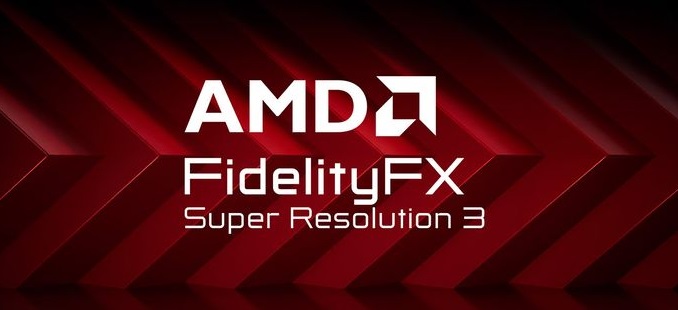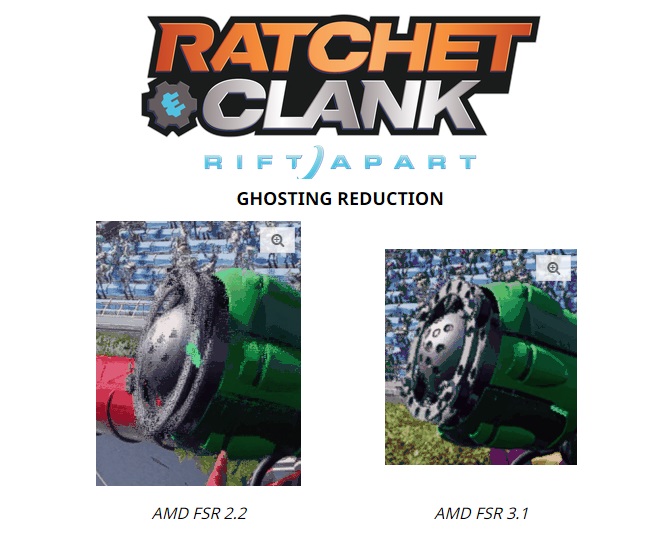AMD’s giving their upscaling tech a major upgrade with FSR 3.1
FSR will soon look better than ever thanks to AMD’s FSR 3.1 upgrade
Since the launch of FSR 3, we have been calling on AMD to improve their FidelityFX Super Resolution technology. Yes, the addition of Frame Generation with FSR 3 is great, but the quality of AMD’s FSR Super Resolution upscaling technology is behind what Nvidia offers with DLSS. Now, AMD has revealed FSR 3.1, and it delivers everything that we wanted to see from AMD.
AMD has confirmed that FSR 3.1 will be released in Q2 2024, and that Ratchet & Clank: Rift Apart will be updated with AMD’s improved upscaler later this year. With this upgrade, AMD’s FSR technology will be supported with Vulkan, and will become an official part of the Xbox Game Development Tookit (GDK).
What improvements does FSR 3.1 deliver?
When announcing their updated version of FSR, AMD hasn’t mentioned AI. AMD has improved their FSR technology without relying on AI to do the work for them. That means that AMD’s new version of FSR is supported by the same GPUs as before. All that’s changed is that FSR should now deliver stronger visuals than before.
The key improvements to AMD’s latest version of FSR comes form reduced ghosting and increased temporal stability. Below we can see ghosting reduction in action with this image from Ratchet & Clank Rift Apart. This is an extreme example, showcasing an shot from the game running at 1080p with FSR in “Performance” mode.
With increased temporal stability, FSR 3.1 should make games less flickery or shimmery than before. Objects in motion will look less “fuzzy”, making games appear sharper and more detailed. All in all, these improvements will greatly improve the fidelity of games using AMD’s FSR technology.
Soon FSR Frame Generation will be usable with DLSS and other upscaling solutions
Another upgrade that AMD has made to FSR 3.1 is to decouple its Frame Generation component from its upscaling component. This will allow gamers to use AMD’s Frame Generation technology with competing upscaling solutions like DLSS or XeSS, or allow gamers to use it with a game’s native anti-aliasing solution. This is a great option for users with Nvidia or Intel GPUs.
One notable thing about this change is that it will allow FSR 3 and DLSS 3’s Frame Generation components to be compared directly. It will be interesting to see which solution delivers the best performance and the best results.
You can join the discussion on AMD’s FSR 3.1 technology on the OC3D Forums.





